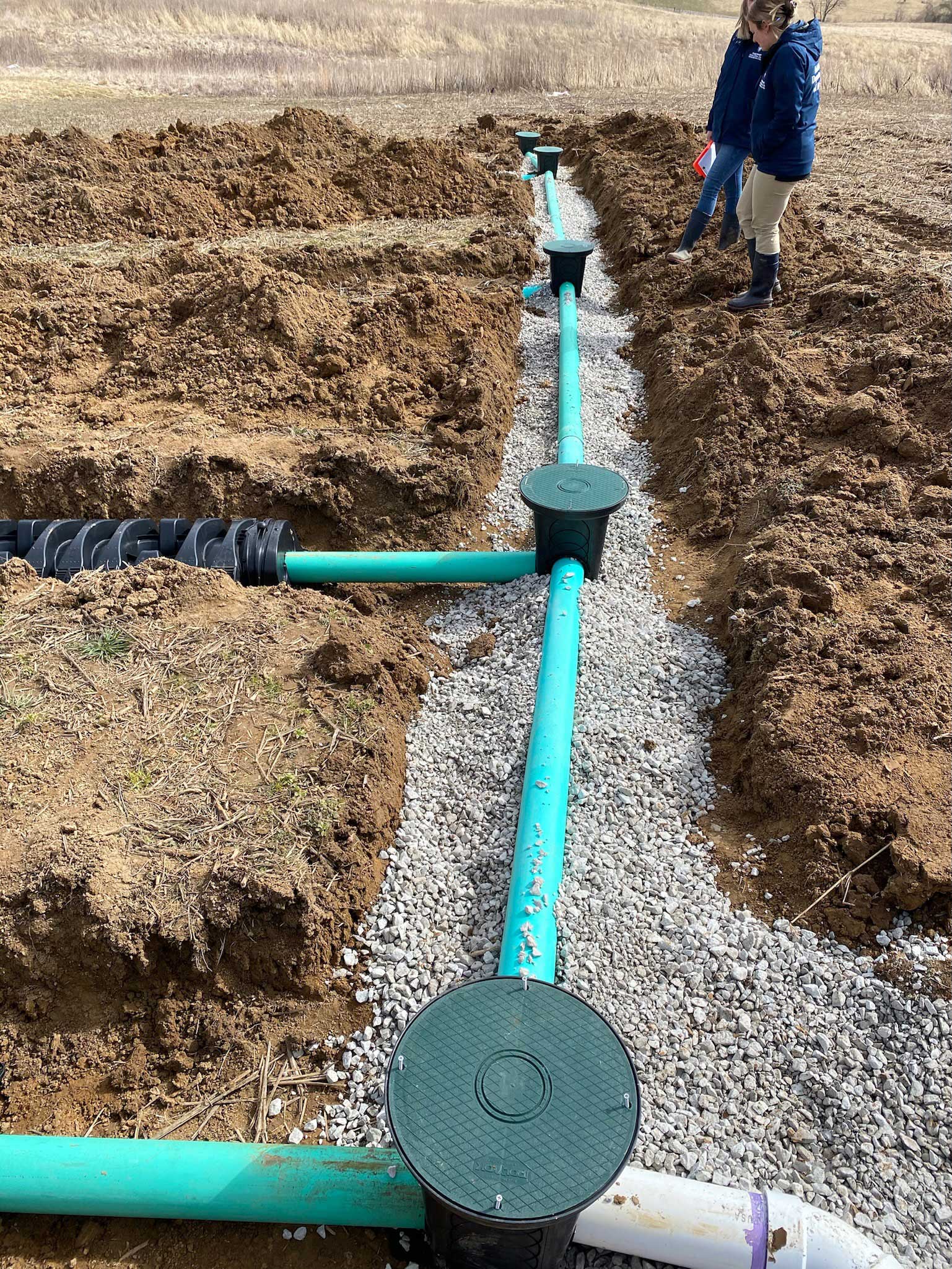Comprehensive Excavation Approaches: Understanding the Basics for Success
In the world of building and construction and civil engineering, the relevance of reliable excavation techniques can not be overemphasized. The mindful planning, exact implementation, and precise interest to information required in excavation projects demand a thorough method that incorporates numerous fundamental aspects. From preliminary dirt analysis to the execution of precaution and normal progression tracking, grasping these core components is vital for achieving success in any type of excavation undertaking. The true mastery lies not merely in recognizing these principles yet in seamlessly integrating them to navigate the complexities of excavation projects with skill.
Recognizing Excavation Job Planning

The first stage of any kind of excavation project is the planning stage, where important choices are made that can considerably affect the result of the task. Recognizing the project timeline, spending plan, and scope restrictions is vital for developing an extensive excavation strategy that makes sure the job's success.
One secret element of excavation job planning is the growth of a detailed timeline that describes the sequence of deadlines, landmarks, and tasks. This timeline acts as a roadmap for the job team, allowing them to track progression and make essential changes to make sure the job remains on timetable. In addition, a distinct budget that accounts for all expenditures, consisting of equipment rental, labor prices, and materials, is vital for avoiding price overruns and hold-ups. By thoroughly considering all these elements during the drawing board, excavation projects can be implemented effectively and efficiently, bring about effective outcomes.
Soil Evaluation and Website Evaluation
Conducting extensive dirt analysis and website assessment is a crucial action in the preparation phase of any type of excavation task. Dirt analysis involves figuring out the make-up, structure, and buildings of the soil at the excavation site. This information is vital for recognizing the dirt's bearing capacity, moisture content, and capacity for erosion, which are crucial consider establishing the excavation methods and equipment needed for the project.
Site assessment surpasses soil analysis and includes a wider analysis of the total website problems. This analysis consists of identifying any type of prospective threats, such as underground utilities, environmental worries, or unstable terrain, that can influence the excavation procedure. By completely assessing the site, job managers can develop effective excavation strategies that prioritize safety, performance, and ecological protection.
Utilizing advanced innovations like ground-penetrating radar, soil tasting, and drone studies can improve the accuracy and performance of dirt analysis and website analysis. Investing time and sources in these initial actions can ultimately save time and stop pricey delays or complications during the excavation process.
Tools Choice and Use
Efficient excavation tasks depend heavily on strategic tools choice and utilization to make certain ideal performance and performance. Selecting the appropriate devices for the job is crucial in making best use of effectiveness and minimizing downtime. Aspects such as the type of dirt, depth of excavation, and job scope play a substantial function in determining one of the most suitable devices for the task available.

Along with selecting the appropriate equipment, correct application is vital to task success. Operators has to be educated click to read more to take care of the devices safely and efficiently - excavating ohio. Routine upkeep checks and prompt repairs help prevent breakdowns and ensure consistent efficiency throughout the task
Safety And Security Procedures and Laws Compliance
In the world of excavation tasks, focusing on precaution and conformity with policies is critical to ensuring a secure and legitimately audio operational environment. Precaution include a variety of techniques, consisting of carrying out extensive site assessments, applying appropriate signs and barriers, and giving appropriate safety training for all employees associated with the excavation process. Adherence to laws, such as OSHA demands in the USA, makes sure that the excavation job meets the required criteria to secure employees, spectators, and the surrounding atmosphere.

Surveillance Progression and Adjusting Approaches
Just how can forecast managers effectively track the advancement of excavation tasks and adjust their approaches as necessary to enhance results? Monitoring progress is crucial for making certain that excavation jobs stay on track and meet target dates. Job managers can utilize different tools and techniques to track progress, such as day-to-day report card, routine site inspections, and progressed surveillance modern technologies like drones and GPS tracking systems. By continuously keeping track of the project's innovation, managers can recognize any possible delays or concerns early and take proactive actions to resolve them.

Final Thought
In verdict, grasping the fundamentals of thorough excavation techniques is important for the success of any kind of job. By understanding task planning, assessing soil and website conditions, picking proper equipment, adhering to safety laws, and keeping an eye on progress, job managers can make sure a smooth and reliable excavation procedure. Executing these techniques will result in successful outcomes and lessen prospective dangers or problems during the excavation project.
The first phase of any kind of excavation task is the preparation phase, where vital decisions are made that can significantly influence the outcome of the job. Recognizing the project range, timeline, and budget plan constraints is important for producing a thorough excavation this article strategy that guarantees the project's success.
Just how can predict supervisors effectively track the development of excavation jobs and adjust their approaches appropriately to enhance results? By carefully keeping track of progress and being willing to adjust techniques, job supervisors can improve the total success of excavation jobs.
By recognizing task planning, assessing soil and website conditions, picking appropriate equipment, abiding with safety and security laws, and checking progression, task supervisors can make sure a smooth and efficient excavation procedure.